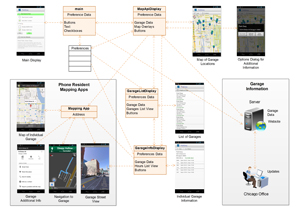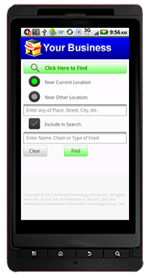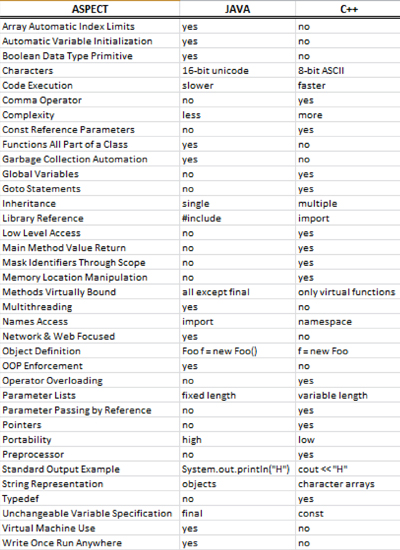 In brief, rooting your phone refers to making changes to the phone operating system so that you can load a different version of the system than the one that's pre-loaded into your phone.
In brief, rooting your phone refers to making changes to the phone operating system so that you can load a different version of the system than the one that's pre-loaded into your phone.
Reasons users root their phones include: enhancing performance, to get a different look and feel, to have more flexibility in what software can be used, getting the latest Android releases and to have some technical fun.
The term rooting refers to getting privileged root control access within the Android Linux core system. Rooting is necessary to install custom versions of the Android system. One of the more popular of these is CyanogenMod. It offers such features as improved sound processing, additional display themes and improved processing speed.
There has been quite a bit of controversy over rooting. Some vendors and carriers discourage it and some support it.
Potential risks include: voiding your warranty, loosing data and "bricking" your phone thus rendering it inoperable. Those that choose to root are comfortable with these risks and see them as being outweighed by the benefits. They're also willing to invest the time needed to make sure that rooting is done correctly and can be undone if something goes wrong.
The exact process of rooting can vary by type of device. It's necessary to find instructions specific to your Android phone. There are websites dedicated to rooting where you can find this information along with help for dealing with problems caused by rooting.
Essentially, rooting involves "flashing" (changing) a phone's ROM, or Read Only Memory. There are ROM Manager apps available on the Android Market that can be used to backup, change and restore ROM contents.
So, if you have the time and sense of adventure, rooting might be just the right thing for you.
If not, you can wait for new phone releases to bring you many of the benefits of rooting without the risk and hassle.
 Concept Maps are a useful way to graphically document the relationships between the elements of a system. Not only do they assist in the system design process, but they can be used to communicate design ideas to stakeholders such as users and management. Unified Modeling Language (UML) is a more structured form of concept maps focused on Object Oriented Programming (OOP.)
Concept Maps are a useful way to graphically document the relationships between the elements of a system. Not only do they assist in the system design process, but they can be used to communicate design ideas to stakeholders such as users and management. Unified Modeling Language (UML) is a more structured form of concept maps focused on Object Oriented Programming (OOP.)

























 Don Cowan
Don Cowan







